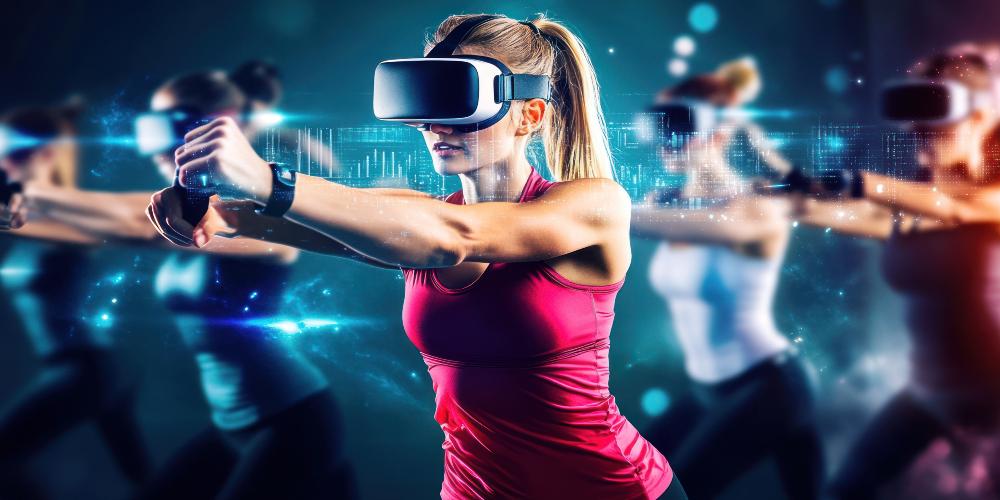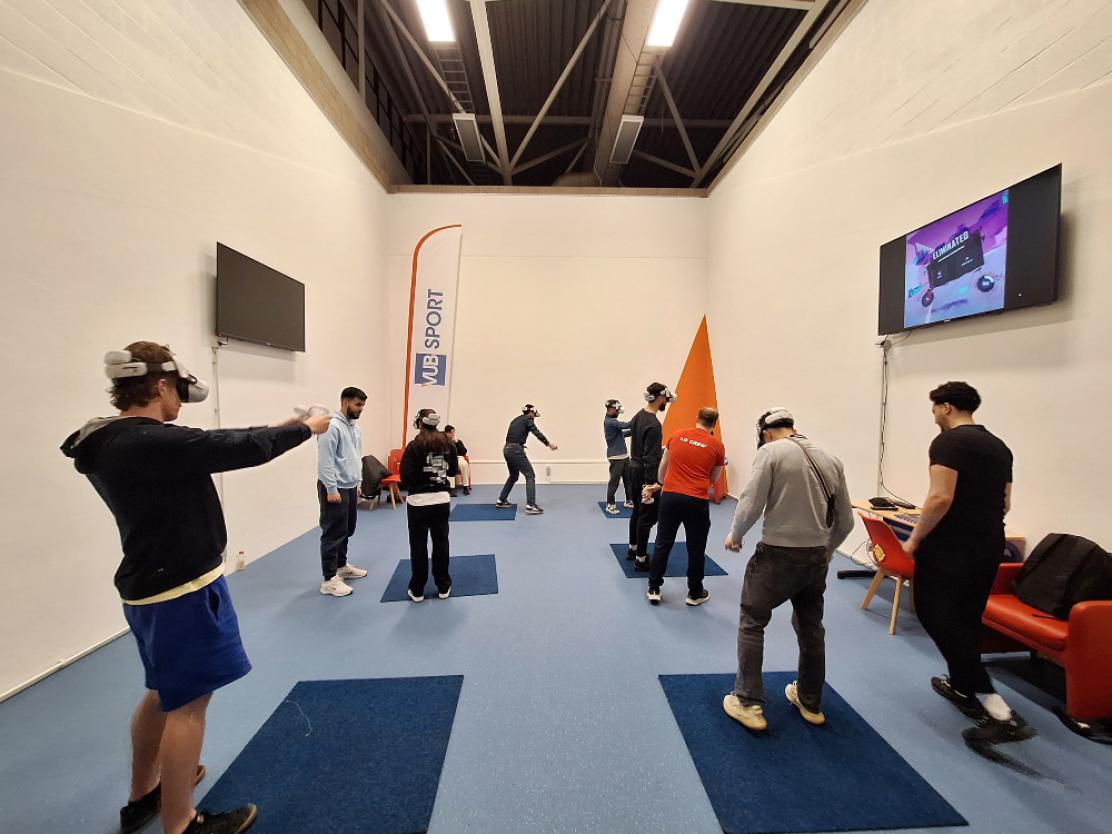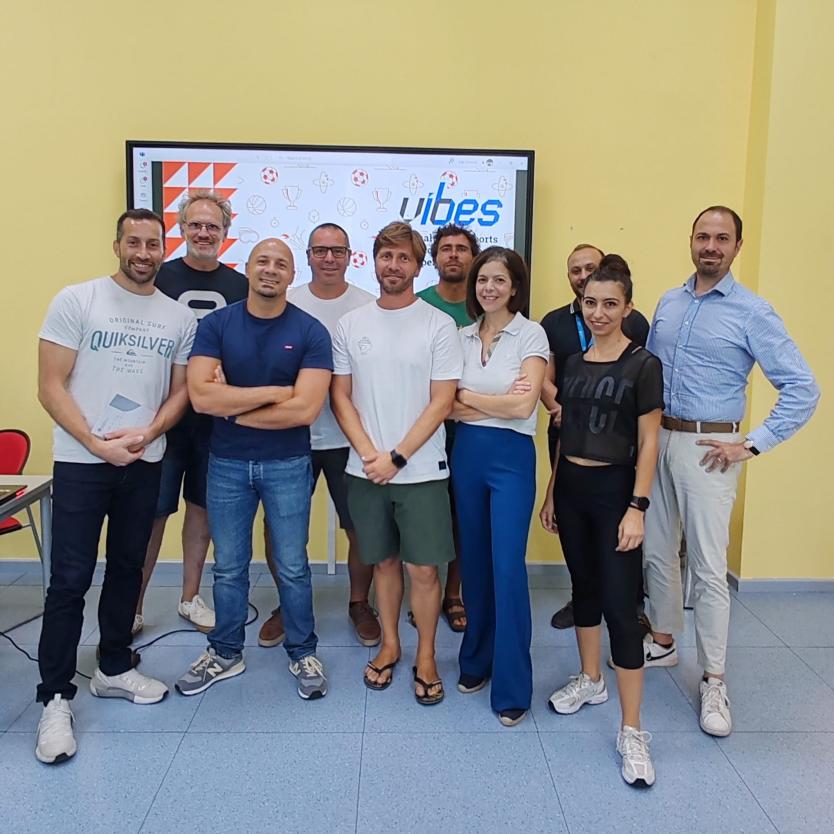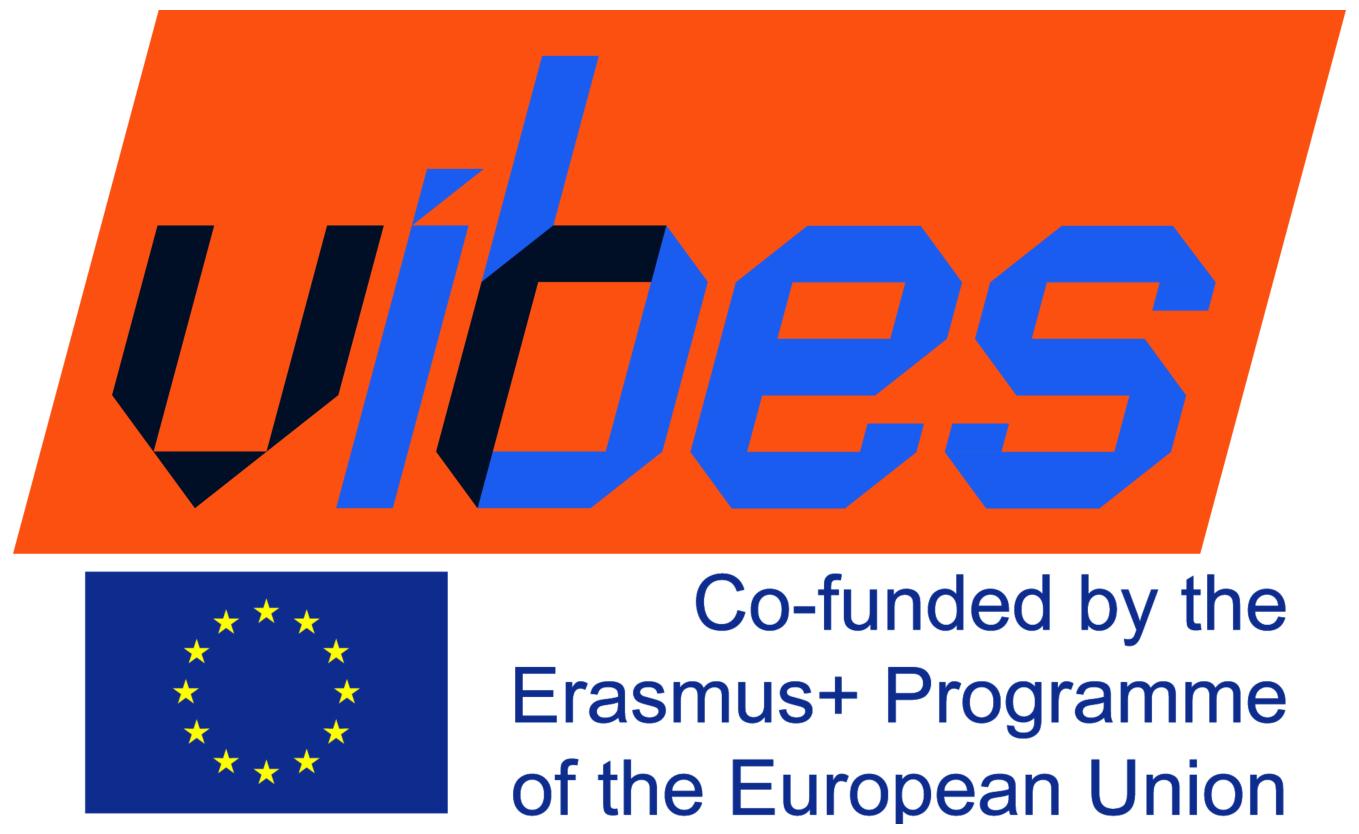
We often hear the lines ‘things were better back in the day’, mostly from older people. In most cases you can argue that this is very much an overgeneralisation, but maybe in some instances it is true. People’s physical activity is one of those, where it’s clear people’s lifestyles have become more sedentary. According to the OECD’s report ‘Step up! Tackling the Burden of Insufficient Physical Activity in Europe’[1], around 45% of Europeans declare that they never exercise or play sports. Most adults give lack of time as the main reason for not exercising (41%), while 20% list lack of motivation as a reason.
Some might blame the digitalisation of society, but they aren’t necessarily the ‘baddies’ in this story. Digital platforms and apps are being used more and more to actually help people to be more active. From step counters to advanced movement trackers, and gamification. The latter was the inspiration for an international team of researchers to work on an Erasmus+ project called VIBES – Virtual reality sports Interaction Between European Schools. The VIBES project started at the end of 2023 and will run until 31 May 2026. It’s coordinated by the Vrije Universiteit Brussel (VUB) with 4 partner institutions: The University of Central Lancashire Cyprus (UCLan Cyprus), Instituto Politecnico de Leiria (Portugal), Inquirium (Cyprus), and Centro Universitario Sportivo Palermo (Italy), and one associate partner (the International Sport and Culture Association (ISC) based in Denmark). Professor Wouter Cools (VUB MILO) gives us some more insight into the VIBES project.

‘Exergaming’
The premise behind VIBES is to train physical education teachers in schools to use virtual reality (VR) technology in physical education classes and increase children’s interest and motivation to get active. In other words, get them into ‘exergaming’. The focus is on secondary school kids, a generation where passive gaming is ubiquitous, and to provide active gaming as an alternative. The idea is not to replace the current physical education lessons they get at schools but to add to it, to integrate it into existing classes, thereby encouraging more movement. VR ‘exergaming’ also offers opportunities for schools with more limited capacity, such as wall climbing, and it can be an introduction to a wider variety of sports.
“The possibilities of VR sports are still being discovered. Research has already shown that intensity in VR boxing is similar to traditional boxing, with the added value that VR of course reduces impact. But for instance, when it comes to sparring, there is an element of risk to injury, which is more or less negated in VR boxing”, Wouter explains. Using VR in training has some extra advantages in that you not only train the physical side of an athlete, but you can also add cognitive training. Wouter expands, “Studies have been done with elite goalkeepers versus amateur ones, with a focus on the broader vision a goalkeeper needs. On top of that, VR gaming will give direct feedback to the player on whether something has been correctly executed or not in terms of motoric performance.”
Internationalisation at home via VR active sports
The VIBES project also contributes to an ‘internationalisation at home’-experience because it can act as a bridge towards location-independence. In other words, you can set it up that two players can compete against each other while they are in different geographical locations. So far, it’s been set up for some selected sports (padel, table tennis), and within a set surface area of either 2m by 2m or 10m by 10m. The two avatars can speak to each during the game, but also live.
The first testing of a competition across different geographical locations will happen in September 2025 between schools in Flanders, Cyprus, Italy and Portugal. At first on a local level (e.g. within Flanders between different schools), and afterwards internationally.

VIBES project team
Roll-out of the project
The various work packages within the project have specific focus points and deliverables, as in all Erasmus+ projects. Wouter: “VUB is the coordinator of the overall project, but also on work package (WP) 4, and we will give input on the work in WP 2 and 3. We are now collating an e-book with 5 training modules in English (which will be translated into Dutch, Portuguese, Italian and Greek), and we’ll set up a MOOC (Massive Open Online Course), as a modular track to go through the e-book across different modules. We’ll test it all out and then train the PE teachers, so they get what VR is, what is possible, and what the games entail. But also how they can integrate it in their classes. We’ll relay them the technical knowledge of the systems used, so that they can support the kids when they are using it in class.”
At the moment the focus is on preparing the MOOC so it is ready by the end of summer, and then in September the training of the teachers will start first via the local competition, and then during the 3rd week of April 2026 they’ll hold the international competitions. “I can safely say that the VIBES project is on track time-wise.”
What’s next?
“We have several other things in the pipeline that are related to this: a VR wheelchair project, looking at how VR can help carers working with the elderly, e.g.” And what about expanding the geographic scope beyond Italy, Belgium, Portugal and Cyprus? “We participated – unplanned! – in the World PE Teacher Games in France in May. We had 250 participants in our workshops in all (40 per workshop). I think our project was a hit with them. We’re also looking at follow-up projects, how we can keep up the momentum and create a rolling effect of what we are currently doing, and what we demonstrated during the World PE Teacher Games event,” Wouter adds.

Check out the VIBES website, follow them on FB.
- Contact at VUB: Wouter Cools (MILO) and Marc Sarens (Fac LK)
Want to know more about Erasmus+ project funding?
- Get in touch with the team at the VUB International Relations office for more info, guidelines and deadlines.